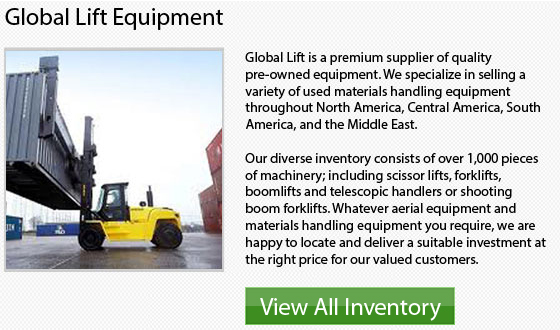
Hazards of Type-G lift trucks
The forklift is important for completing warehouse tasks. These really capable equipment raise and move loads of immense size from one location to another. Lift trucks have a lot of variations. The primary variation is the way in which various units are fueled. "LP" forklifts are the type which is most common. They utilize liquid propane. Type "E" forklifts have large rechargeable batteries and operate on electricity. Type "D" forklifts use diesel and type "G" use gasoline. Though all forklifts, similar to any piece of heavy equipment, can pose a hazard, gasoline powered forklifts pose the most risks.
Fire
Forklifts labelled type G could present a fire hazard. Gas lift trucks are not made with the same rigorous standards. Gas leaks are the biggest cause of fire due mostly to gas leaks and also escaped gas fumes. This can result from accidents and from driving on really rough terrain or normal wear. These circumstances pose a risk and can result in fire. Hence, a standard Type G lift truck should never be used in conditions where elevated fire risk is deemed not acceptable. For instance, these kinds of forklifts must not be used around hazardous or explosive chemicals.
Explosion
Type G lift trucks also pose a danger of explosion, as do those that run on diesel and liquid propane. A gasoline powered forklift can explode as a result of a serious mishap in circumstances where an ignition source and a gasoline leak are present. An explosion could occur when sparks are created in the collision and the sparks ignite the gasoline.
Fumes and Exhaust
Type G lift trucks pose a serious inhalation danger because of poisonous fumes. Gasoline fumes can be deadly in high concentrations. Fumes can result from gasoline leaks or from the exhaust itself. Therefore, a Type G forklift is really not suggested for any setting that is poorly ventilated. The exhaust will present a serious hazard in enclosed places. This type of forklift must be used with care when operated near people.